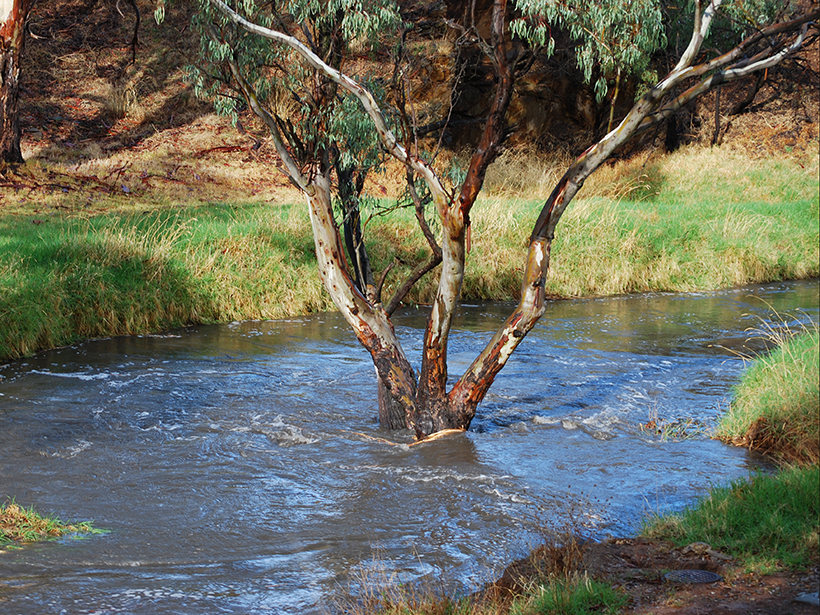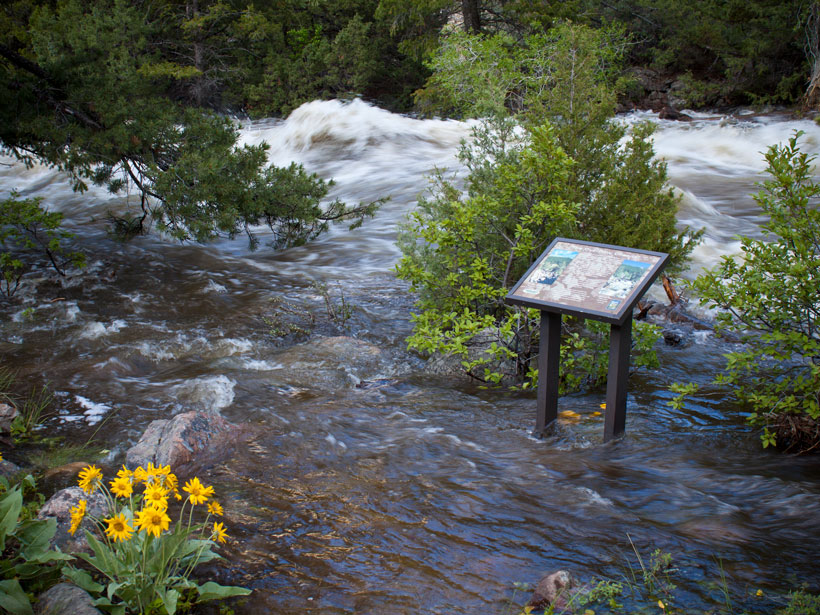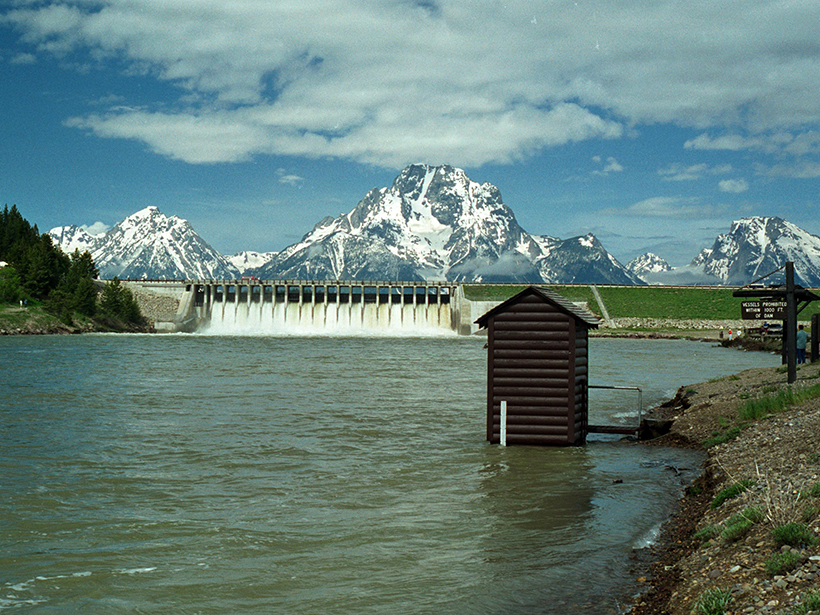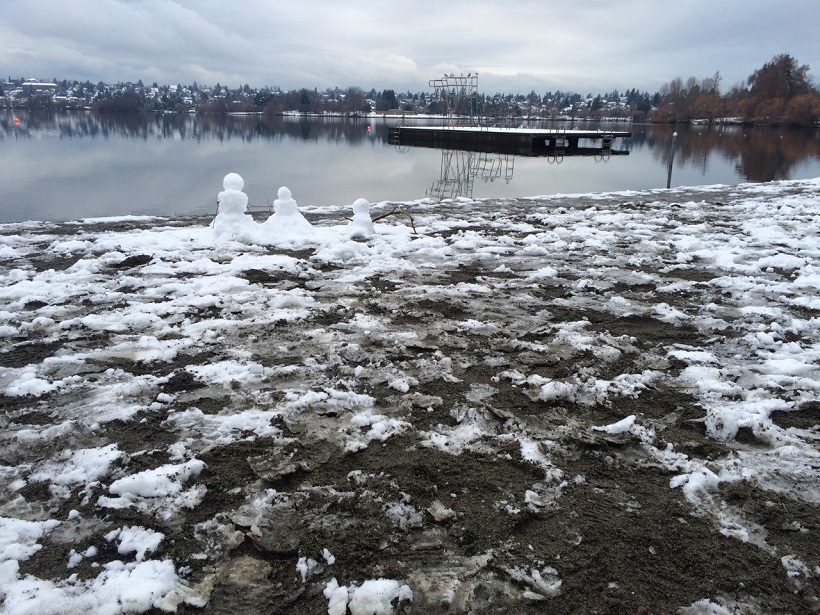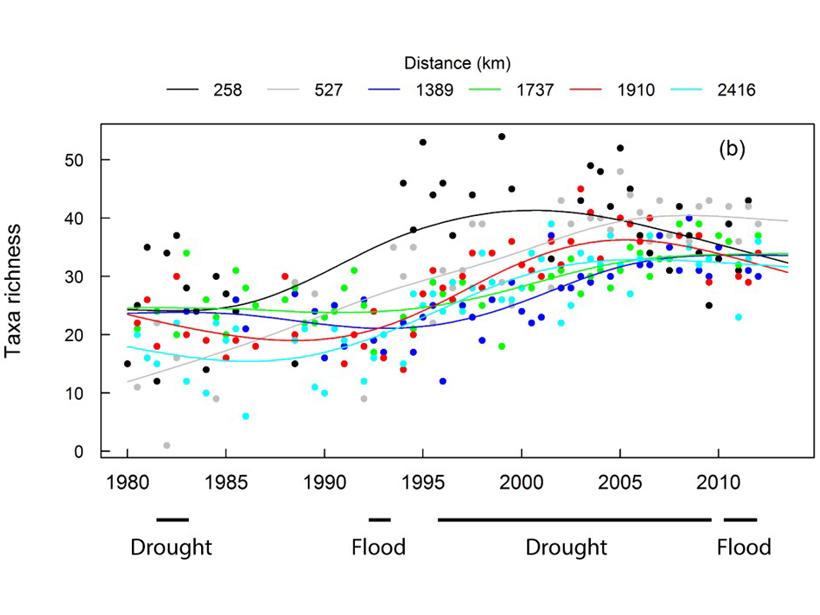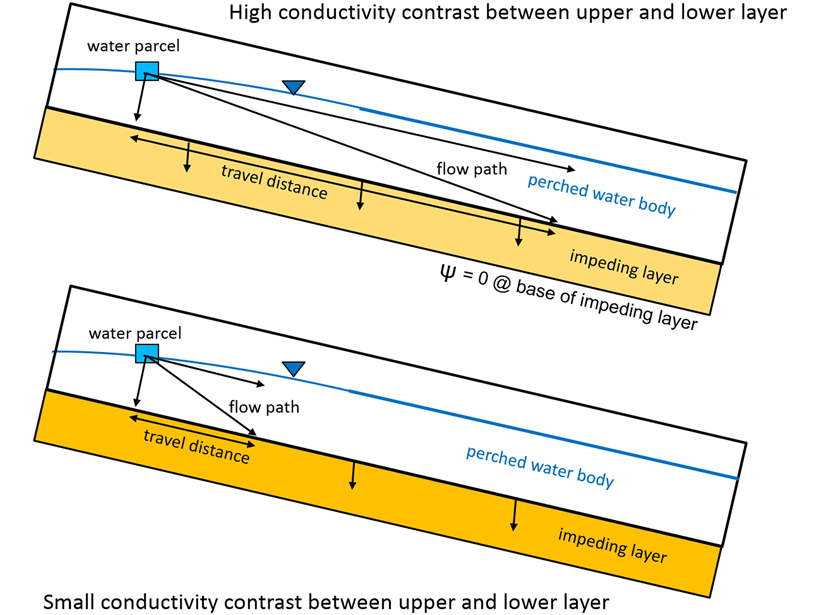Hotter conditions have played a much greater role in reducing flow during the ongoing Millennium Drought than in a mid-20th century drought.
Water Resources Research
Balancing Robustness and Cost in Hydrological Model Optimization
A new study presents a framework for finding the best optimization algorithm.
The Meteorological Culprits Behind Strange and Deadly Floods
A new study examines how unusual meteorology interacted with topography and other local conditions to generate some of the most devastating floods in American history.
How Will Melting Glaciers Affect Streamflow?
High-resolution modeling of summertime streamflow in the Pacific Northwest reveals the effects of glacial retreat on streamflow will vary by elevation.
The Unpredictability of Floods, Erosion, and Channel Migration
A new algorithm incorporates randomness into stream channel formation and suggests the approach represents regions with variable flood magnitudes better than standard models.
Exploring Uncertainty in Streamflow Estimates
A review of streamflow uncertainty estimation methods reveals that one method does not fit all situations and provides recommendations for how to improve streamflow estimates.
Evaluating the Efficiency of Data Assimilation
Information is lost when researchers combine statistical models and remote sensing data, but just how much is often unclear. A new study offers a framework to measure the inefficiency.
Long-term Dataset Reveals How Management Affects River Biology
River systems are affected by societies against a backdrop of climate change. A new dataset reveals how these forces affect river flow, chemistry, and the biological health of the river.
Upper Hillslopes May Not Contribute Directly to Stormflow
New research challenges long-held ideas about the path of subsurface water from hillslopes to streams.


